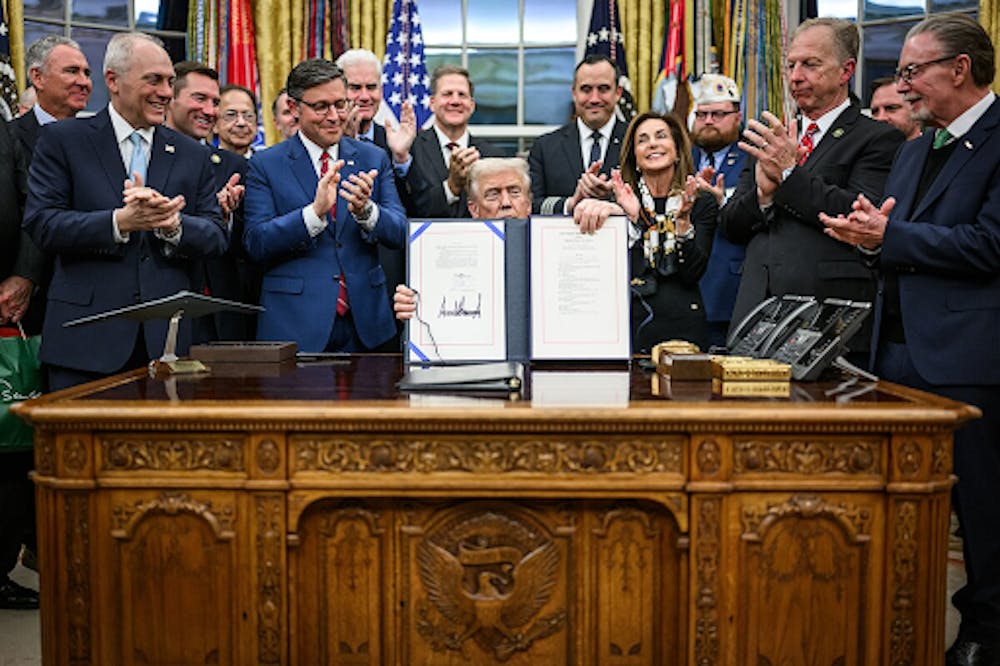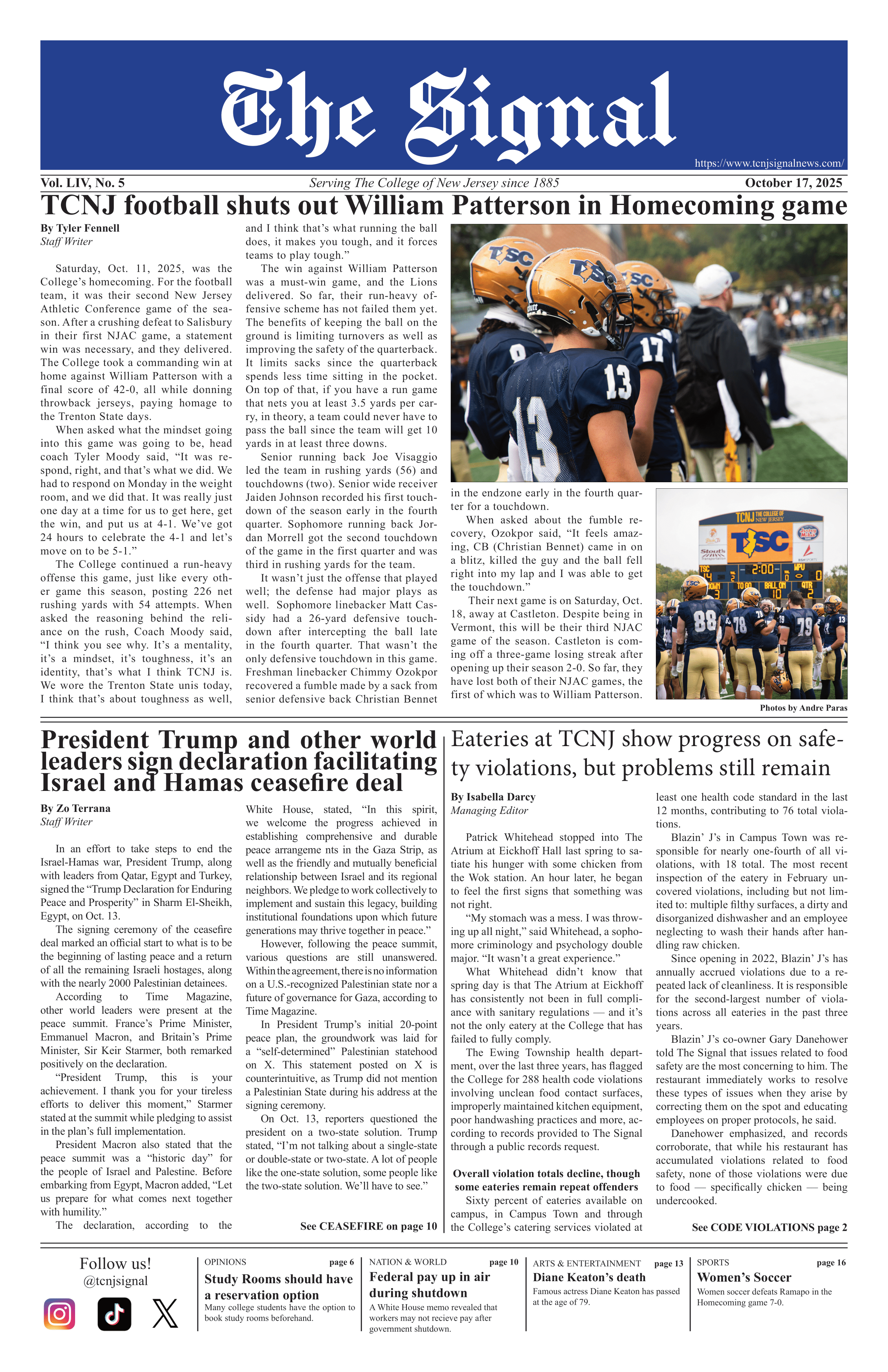By Isabel Conforme Coello
Correspondent
The longest government shutdown in United States history has come to a close after 43 days, following a long negotiation in Congress over the funding of healthcare subsidies.
According to The Guardian, on Nov. 12 President Donald Trump signed a funding bill into law after the House of Representatives voted, 222–209, to pass the bill. Two-hundred-sixteen Republicans, together with six Democrats, ensured that the bill passed.
The shutdown started on Oct. 1, the date the Senate Democrats voted down a funding bill that had been supported by the Republicans. The Democrats' principal demand was an extension of the Affordable Care Act subsidies, which would allow millions of Americans to purchase health insurance, according to the BBC.
The Republican Party, which has majorities in both chambers of Congress, refused to act, declaring they would not include the Affordable Care Act subsidies in the continuing resolution, according to NPR. They offered to hold a vote about the subsidies in a later time frame, roughly in December.
The Democrats viewed the organized disruption as an occasion to negotiate, although prolonged, with robust negotiations bringing pressure and risk to the issue. Eventually, with several senators and six Democrats from the House of Representatives, the group voted to end the shutdown.
The shutdown had an extensive impact. About 1.4 million federal employees missed their paychecks, thousands were furloughed and many more were not paid for their work during the furlough. Under the new legislation, employees are guaranteed back pay, and all furloughs will be reversed, according to NPR.
Payments were delayed or reduced during the shutdown for SNAP (the Supplemental Nutrition Assistance Program) due to delays in funding for over 42 million Americans. Funding is now scheduled to be restored for SNAP through Sept. 2026.
Early childhood programs such as Head Start, as well as national museums and monuments, could take some more weeks to reopen, according to the BBC.
Overall, the legislation funds most federal agencies until Jan. 30, 2026, but neglects to address the subsidies under the ACA differently.
Senate Majority Leader John Thune said he would call for a vote in mid-December, but Senate Democrats remain doubtful, according to NPR.
“A handshake deal with my Republican colleagues to reopen the government and no guarantee to actually lower costs is simply not good enough,” stated Senator Tammy Baldwin.
Analysts estimate that the shutdown cost the economy roughly $15 billion each week in lost economic growth, resulting in delayed loans, permits and contracts.
With government funding set to expire again in January, Congress faces another deadline. How quickly Republican and Democratic lawmakers can come to an agreement regarding the ACA subsidy will influence both policy outcomes and political messaging heading into 2026.







